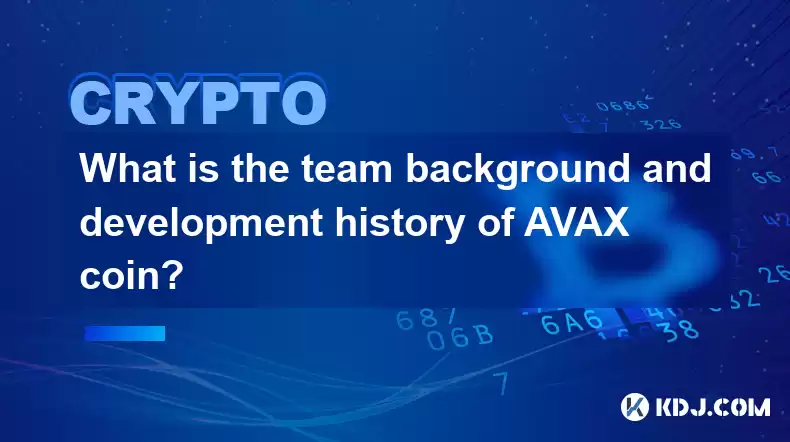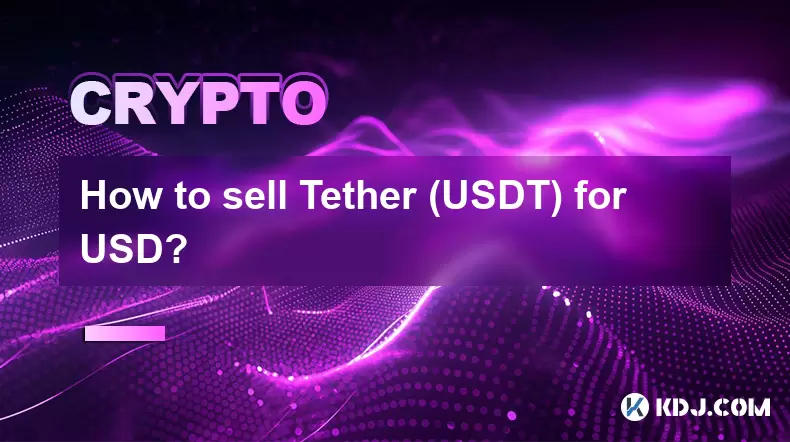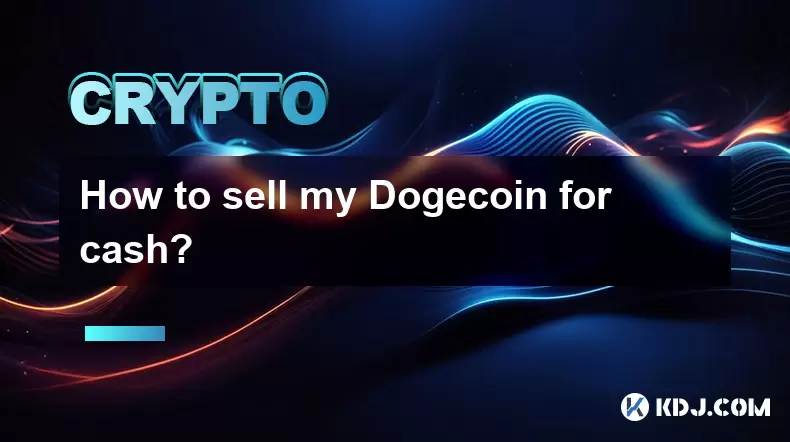-
 Bitcoin
Bitcoin $115100
1.27% -
 Ethereum
Ethereum $3675
2.71% -
 XRP
XRP $2.995
1.45% -
 Tether USDt
Tether USDt $1.000
0.02% -
 BNB
BNB $769.8
2.64% -
 Solana
Solana $168.0
3.25% -
 USDC
USDC $0.9999
-0.01% -
 TRON
TRON $0.3371
1.48% -
 Dogecoin
Dogecoin $0.2051
3.36% -
 Cardano
Cardano $0.7394
2.30% -
 Hyperliquid
Hyperliquid $38.15
0.42% -
 Stellar
Stellar $0.3966
-0.36% -
 Sui
Sui $3.486
2.93% -
 Chainlink
Chainlink $16.72
2.52% -
 Bitcoin Cash
Bitcoin Cash $568.0
4.36% -
 Hedera
Hedera $0.2440
2.59% -
 Ethena USDe
Ethena USDe $1.001
0.04% -
 Avalanche
Avalanche $22.16
2.06% -
 Litecoin
Litecoin $119.1
-0.73% -
 UNUS SED LEO
UNUS SED LEO $8.991
0.04% -
 Toncoin
Toncoin $3.232
-0.39% -
 Shiba Inu
Shiba Inu $0.00001233
2.82% -
 Uniswap
Uniswap $9.717
2.53% -
 Polkadot
Polkadot $3.664
1.85% -
 Dai
Dai $1.000
0.01% -
 Monero
Monero $281.2
-3.89% -
 Bitget Token
Bitget Token $4.350
1.55% -
 Cronos
Cronos $0.1428
5.07% -
 Pepe
Pepe $0.00001050
3.68% -
 Aave
Aave $262.3
3.54%
What is the team background and development history of AVAX coin?
Avalanche (AVAX), created by Ava Labs, boasts a strong academic foundation in cryptography and distributed systems. Its development focused on solving blockchain scalability, resulting in a novel consensus protocol and a rapidly evolving ecosystem.
Mar 15, 2025 at 05:00 am

Key Points:
- Ava Labs, the team behind Avalanche, boasts a strong academic background with expertise in cryptography and distributed systems.
- The project's development history involves several iterations, starting with a focus on solving scalability issues in blockchain technology.
- AVAX's evolution reflects a commitment to addressing the limitations of existing blockchain networks.
- The team's experience and the project's trajectory demonstrate a dedication to innovation within the cryptocurrency space.
What is the team background and development history of AVAX coin?
The Avalanche (AVAX) cryptocurrency is the native token of the Avalanche blockchain platform. Understanding its development requires examining the background of Ava Labs, the team behind it. Ava Labs was founded by Emin Gün Sirer, a renowned computer scientist with extensive experience in distributed systems and cryptography. His academic credentials and contributions to the field are highly respected within the cryptocurrency community. The team comprises a diverse group of engineers, researchers, and cryptographers, many with backgrounds from leading universities and technology companies. This strong academic foundation significantly contributes to the technological innovation behind Avalanche.
The genesis of Avalanche can be traced back to Sirer's earlier work on solving the scalability trilemma in blockchain technology. This trilemma highlights the inherent difficulty in achieving decentralization, security, and scalability simultaneously. Existing blockchain networks often struggle to balance these three factors. Avalanche was conceived as a solution to this problem, aiming to create a platform capable of handling a large number of transactions per second while maintaining high levels of security and decentralization.
The development of Avalanche involved several phases. Initially, the focus was on creating a highly scalable and efficient consensus mechanism. The Avalanche consensus protocol, a novel approach distinct from Proof-of-Work and Proof-of-Stake, was developed to achieve this goal. This protocol is designed to be significantly faster and more energy-efficient than many alternative solutions. The platform's architecture was also carefully designed to facilitate the creation and deployment of decentralized applications (dApps).
The development of the AVAX token itself was integral to the ecosystem's functionality. AVAX serves as the platform's native cryptocurrency, used for transaction fees, staking, and securing the network. The tokenomics were designed to incentivize participation in the network and reward validators for their contributions to the security and stability of the Avalanche blockchain. The team continuously worked on improving the platform's performance, security, and usability, incorporating feedback from the community and adapting to evolving technological advancements.
The Avalanche platform has undergone significant improvements since its inception. This includes enhancements to its scalability, the introduction of new features, and the expansion of its ecosystem. The development team remains active, continuously releasing updates and improvements to the platform. The Avalanche Foundation, a separate entity, actively supports the growth and development of the Avalanche ecosystem. This includes providing grants to developers, promoting the adoption of the platform, and fostering community engagement.
The team's commitment to open-source development is also a crucial aspect of Avalanche's history. The platform's code is publicly available, allowing for community scrutiny and contributions. This transparency fosters trust and encourages participation from developers and researchers worldwide. The open-source nature of the project has contributed to its rapid development and community growth.
The evolution of Avalanche reflects the team's ongoing commitment to innovation within the blockchain space. They have consistently addressed challenges and adapted to the changing landscape of the cryptocurrency industry. This adaptability and commitment to improvement are key factors in Avalanche's ongoing success.
Frequently Asked Questions:
Q: What are the key academic contributions of Emin Gün Sirer to the field of distributed systems?
A: Emin Gün Sirer is a prominent figure in the field of distributed systems, known for his contributions to consensus protocols and Byzantine fault tolerance. His research has significantly influenced the development of blockchain technology.
Q: How does the Avalanche consensus protocol differ from Proof-of-Work and Proof-of-Stake?
A: Avalanche's consensus mechanism is distinct from both Proof-of-Work (PoW) and Proof-of-Stake (PoS). It's designed for significantly faster transaction speeds and lower energy consumption compared to PoW, while aiming for similar security levels to PoS but with potentially improved efficiency.
Q: What is the role of the Avalanche Foundation in the Avalanche ecosystem?
A: The Avalanche Foundation is a non-profit organization dedicated to supporting the growth and development of the Avalanche ecosystem. It provides grants, fosters community engagement, and works on expanding the adoption of the platform.
Q: What are some key milestones in the development history of the Avalanche platform?
A: Key milestones include the initial release of the Avalanche protocol, the launch of the mainnet, the introduction of subnet functionality, and the growing adoption of Avalanche for various DeFi applications. Each of these steps marks a significant step forward in the platform's maturity.
Q: How is the AVAX token used within the Avalanche ecosystem?
A: AVAX is used for transaction fees, staking to secure the network and participate in governance, and as a means of exchange within the Avalanche ecosystem’s decentralized finance (DeFi) applications.
Disclaimer:info@kdj.com
The information provided is not trading advice. kdj.com does not assume any responsibility for any investments made based on the information provided in this article. Cryptocurrencies are highly volatile and it is highly recommended that you invest with caution after thorough research!
If you believe that the content used on this website infringes your copyright, please contact us immediately (info@kdj.com) and we will delete it promptly.
- HashFlare Founders Face the Music: Jail Time Looms?
- 2025-08-07 14:30:12
- Pepeto's Pounce: Meme Coin Mania Meets Blockchain Infrastructure
- 2025-08-07 15:10:12
- Parataxis, SPAC Merger, and Bitcoin Treasury: A New York Minute on Crypto's Latest Moves
- 2025-08-07 15:30:12
- Toshi on Binance.US: A Memecoin's Big Break
- 2025-08-07 14:30:12
- Bitcoin, SPAC Mergers, and Parataxis: A New Yorker's Take on Crypto's Wall Street Moment
- 2025-08-07 14:50:27
- Bitcoin, Collateral, and Loan Strategies: A New York Minute on the Future of Finance
- 2025-08-07 14:50:27
Related knowledge

How to sell Tether (USDT) for USD?
Aug 07,2025 at 03:29pm
Understanding Tether (USDT) and Its USD ValueTether (USDT) is a stablecoin designed to maintain a 1:1 value ratio with the United States Dollar (USD)....

How to sell my Bitcoincoin for cash?
Aug 07,2025 at 02:14pm
Understanding the Basics of Selling Dogecoin for CashSelling Dogecoin for cash involves converting your DOGE tokens into a fiat currency such as USD, ...

What is Chainlink (LINK)?
Jul 22,2025 at 02:14am
Understanding Chainlink (LINK): The Decentralized Oracle NetworkChainlink is a decentralized oracle network designed to bridge the gap between blockch...

What is Avalanche (AVAX)?
Jul 22,2025 at 08:35am
What is Avalanche (AVAX)?Avalanche (AVAX) is a decentralized, open-source blockchain platform designed to support high-performance decentralized appli...

What is Polkadot (DOT)?
Jul 19,2025 at 06:35pm
Understanding the Basics of Polkadot (DOT)Polkadot (DOT) is a multi-chain network protocol designed to enable different blockchains to transfer messag...

What is Litecoin (LTC)?
Jul 23,2025 at 11:35am
Overview of Litecoin (LTC)Litecoin (LTC) is a peer-to-peer cryptocurrency that was created in 2011 by Charlie Lee, a former Google engineer. It is oft...

How to sell Tether (USDT) for USD?
Aug 07,2025 at 03:29pm
Understanding Tether (USDT) and Its USD ValueTether (USDT) is a stablecoin designed to maintain a 1:1 value ratio with the United States Dollar (USD)....

How to sell my Bitcoincoin for cash?
Aug 07,2025 at 02:14pm
Understanding the Basics of Selling Dogecoin for CashSelling Dogecoin for cash involves converting your DOGE tokens into a fiat currency such as USD, ...

What is Chainlink (LINK)?
Jul 22,2025 at 02:14am
Understanding Chainlink (LINK): The Decentralized Oracle NetworkChainlink is a decentralized oracle network designed to bridge the gap between blockch...

What is Avalanche (AVAX)?
Jul 22,2025 at 08:35am
What is Avalanche (AVAX)?Avalanche (AVAX) is a decentralized, open-source blockchain platform designed to support high-performance decentralized appli...

What is Polkadot (DOT)?
Jul 19,2025 at 06:35pm
Understanding the Basics of Polkadot (DOT)Polkadot (DOT) is a multi-chain network protocol designed to enable different blockchains to transfer messag...

What is Litecoin (LTC)?
Jul 23,2025 at 11:35am
Overview of Litecoin (LTC)Litecoin (LTC) is a peer-to-peer cryptocurrency that was created in 2011 by Charlie Lee, a former Google engineer. It is oft...
See all articles

























































































